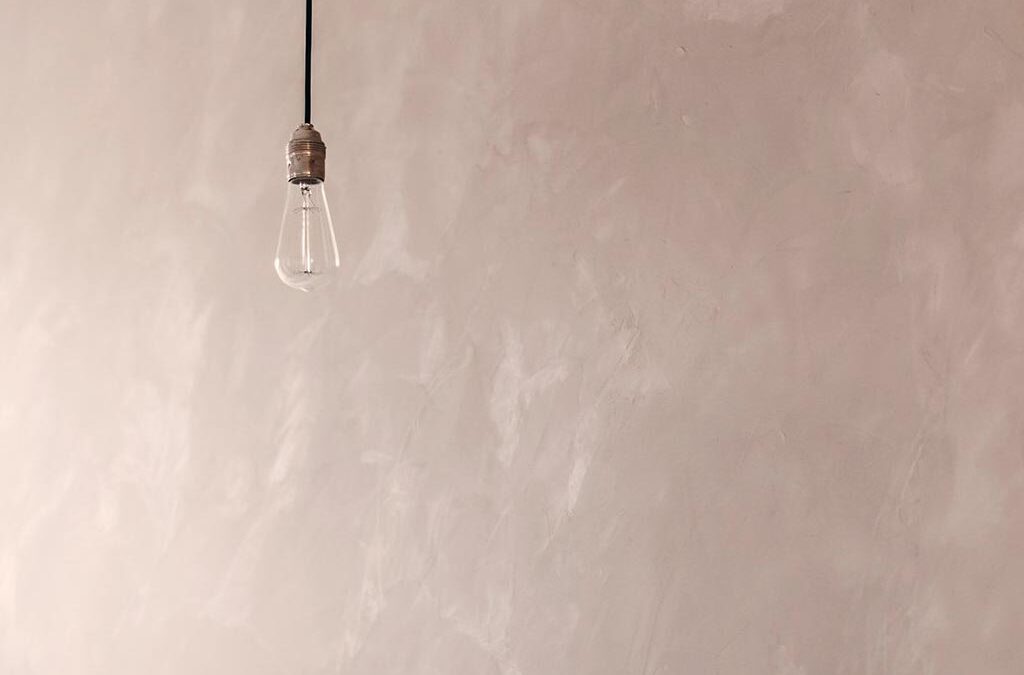Stucco is a paste composed of lime, plaster, cement, marble sand and natural pigments, which is applied on walls and ceilings as a decorative element. Stucco coats the walls giving them a luxurious, smooth and shiny texture, ideal for beautifying walls and ceilings.
The stucco coatings give the walls a luxurious, smooth and shiny texture, ideal for beautifying walls and ceilings.
Its application achieves a marble-like effect with a velvety texture reminiscent of natural stone. In addition, stucco not only has aesthetic results but also reinforces the walls and waterproofs them, preventing mould and damp from concentrating.
It is a very versatile material that favours the moulding and carving of shapes. It can be applied on cement, plaster or wood. Different dyes can be added and the intensity of the colour in each layer can be varied to achieve degraded finishes, which increases the artistic and decorative possibilities of this material.
What does the application of stucco consist of?
To stucco a surface we must first prepare the wall or ceiling where the stucco will be applied. To do this, we will have to putty up any holes and flaws and sand the wall until it is completely uniform and smooth. The first coat of stucco should then be applied to the wall. This layer should be very thin and spread with a steel trowel. Then, without letting the first coat dry, apply a second coat by moving the trowel diagonally. Once these two coats are dry, a spatula is used to add stucco in the form of stains and in different shades depending on the effect we are looking for. Finally, a final wax will be applied with circular movements to bring out the shine and texture.
Advantages of stucco
- Easy maintenance: a simple cleaning with water is enough to keep the stucco free of stains.
- High durability and resistance: stucco is a very resistant and durable material that has a useful life of 50 to 70 years.
- Economical compared to other materials: it is more economical than the material whose finishes it imitates (marble and stone), however it is more expensive than materials such as paint or wood.
- Beautiful appearance, smooth, luxurious and shiny texture.
- It enhances the value of the place where it has been used due to its quality and appearance.
Disadvantages of stucco
- Qualified professionals: due to its complex application, it requires specialised labour for its installation.
- Price: although it is cheaper than the materials it imitates (stone and marble), it is more expensive than conventional paint.
- Prepared surfaces: its application must take place on previously prepared surfaces, i.e. very uniform, smooth and well finished.

